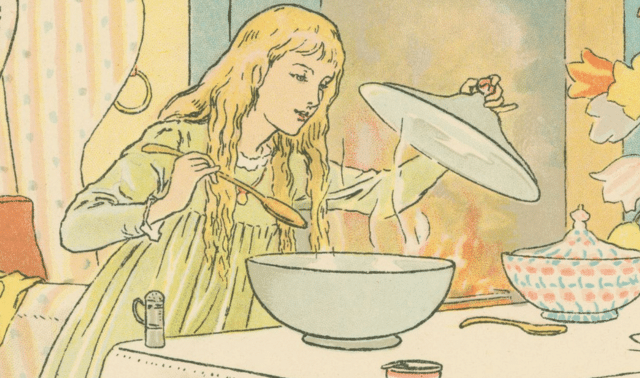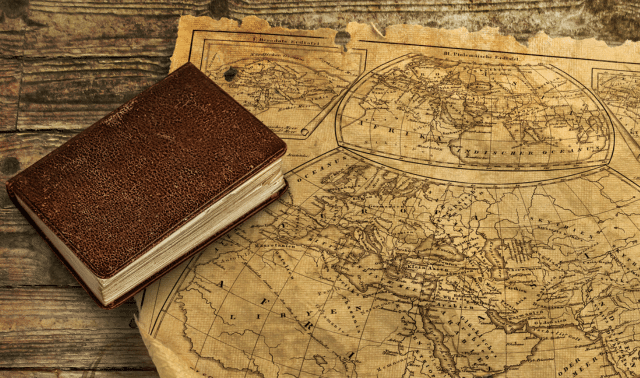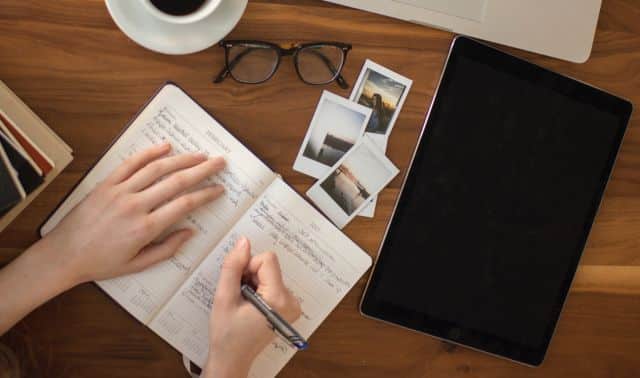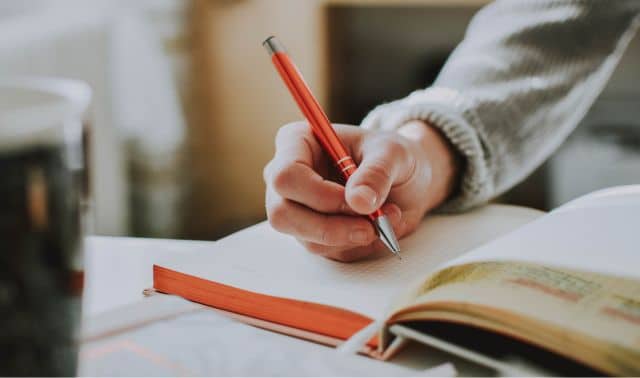Every parent knows how fast those little ones grow up. But you can grab onto memories of your kid’s or grandkid’s childhood by following this advice from Beth LaMie, a member of the Association for Personal Historians and author of Granny’s Guide to Fun & Fabulous Family Stories.
Q. Why should we document children’s lives while they’re still young?
A. If you don’t do it as you go along, you’ll forget the details. When did he start walking, cut his first tooth or say his first word? These things are so easy to forget, especially when more kids come along or you’re going to work.
Q. What kinds of things do children remember?
A. I have grandchildren ages 6 and 7 who lived out of state for a number of years. Every time we got together, we did something fun. But I would ask them about it a few weeks later and they didn’t remember it well. But what they do remember is different than you might expect. I took the kids to the aquarium in Chicago. We saw all these wonderful things, like a huge display on jellyfish and a diver feeding fish. As we left, we saw a woolly caterpillar on the ground. A couple of weeks later, I asked the 7-year-old what he remembered best about the day, and it was the caterpillar.
Q. What can we do to help them form special memories?
A. I take photos and write stories about the things I do with my grandchildren. I talk to them about the things we have done. Reminding them in stories and pictures helps reinforce their memories.
Q. What childhood artifacts should we keep? What should we toss?
A. It’s a matter of culling out the things that are most important to the child. When my son (now in his 40s) was young, I kept a box of outgrown toys and books he really liked: erector sets, Dr. Seuss books, The Velveteen Rabbit, Fisher Price toys. (If you keep things in a box, make sure you store it somewhere safe, such as in a closet in the living area of your home.) When he had his own kids, I gave it to him.
Q. What about the endless school papers they bring home?
A. Some people save report cards. I know someone who, at the end of every school year, goes through papers with her children and sorts out the ones they really want to keep. (Of course, if a child doesn’t care, you can do the sorting for him or her.) Have a particular place to keep the papers together: a box that will hold folders, and a folder for each year. For large, difficult-to-keep things, such as artwork, take a digital photo of each piece and do a little writeup: Explain what the item is, what the child likes about it and why he or she created it.
Q. What can children do to document their own lives?
But also use technology. Kids have no fear of it. They can use a videorecorder or digital camera to talk about what they’ve been doing. A couple of years ago my grandson, who was only 4 or 5 at the time, showed me how to use the built-in camera on my computer.
Q. What if you don’t live near the children whose lives you want to record?
A. Use Skype. My friend has young grandchildren overseas and she sets up a Skype call every week. She celebrates their birthdays with them. If you record it, so much the better. The quality of the recording isn’t great, but it’ll suffice.
Q. What might it mean for a grown-up to receive those childhood memories?
A. For Christmas 15 years ago, my mother gave me a scrapbook with photos from when I was growing up. She had seven kids and was extremely busy all the time. She went through yearbooks, took out the pages for my class and put them in the scrapbook. When she gave it to me, it was like she gave me an actual part of my childhood. It went to my heart that she went to all that effort—and that she kept that stuff for so long.
Resource Roundup
$57.75
The Practical Archivist
$22.50
Beth LaMie
$21.55 for 100 10×15-inch sheets
Hollinger Metal Edge
Prices and models vary
Archival Action: Start a Child’s Archive Box
2. Use a permanent marker to label the outside of the bin with the child’s name. Show the box to the child (and the parent, if it’s not you). Explain that this is a special place to store objects the child loves but has outgrown, such as a baby blanket, stuffed animal, toys, books, etc. Tell the child he or she can “visit” the contents of the box from time to time and add to it as needed.
3. To protect items, wrap them in tissue paper or muslin as you add them to the box. Pack them gently and loosely. Store the box in a safe place: not too hot or cold, wet or dry. Note that this is a semi-protective, budget storage solution that allows the child to have access. Consider placing delicate or extra-special items in custom archival storage and limiting handling. Consult Saving Stuff by Don Williams and Louisa Jaggar (Fireside) for advice on storing objects including toys and stuffed animals.




